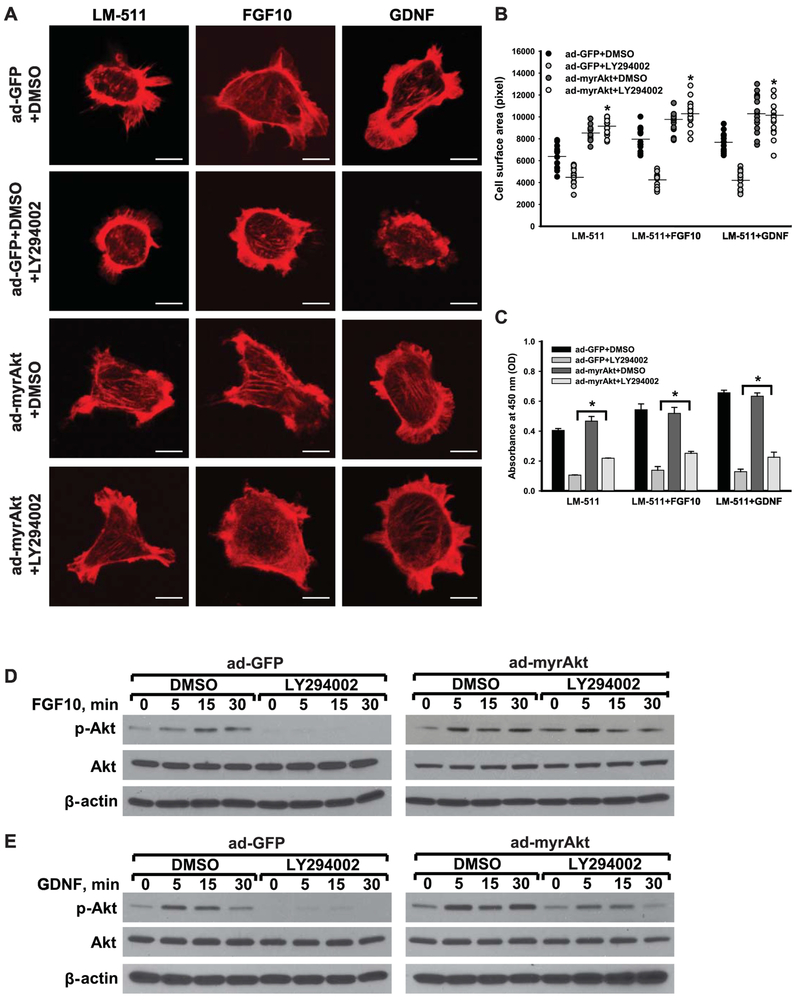Figure 7. Akt activation is sufficient to mediate LM-binding integrin-dependent FGF10- or GDNF-induced cellular spreading and proliferation.
Itgα3f/fα6f/f CD cells were infected with ad-GFP or ad-myrAkt for 48 h, treated with LY294002 (25 μM) for 1 h, plated on LM-511 for 1 h and stimulated with FGF10 or GDNF (10 ng/ml each). Cell spreading (A-B) and proliferation (C) were evaluated at 1 and 24 h after addition of growth factors, respectively. (A) Representative confocal images of the cells stained with rhodamine-phalloidin are shown; bar: 10 μM. (B) The individual measurements of cell surface (in pixels) of 15-30 cells with the mean is shown; *p≤0.05 between cells treated with ad-GFP and LY294002 and ad-myrAkt and LY294002. ≤0.05 between Itgα3f/fα6f/f untreated or treated with FGF10 or GDNF. (C) Proliferation as measured by the OD of BrdU-positive cells ±SEM of 4-6 independent experiments is shown; *p≤0.05 between cells treated with ad-GFP and LY294002 and ad-myrAkt andLY294002. ≤0.05 between Itgα3f/fα6f/f untreated or treated with FGF10 or GDNF. (D-E) Phosphorylation of Akt was evaluated at 5, 15 and 30 min after addition of FGF10 (D) or GDNF (E). β-actin was used as a loading control.

